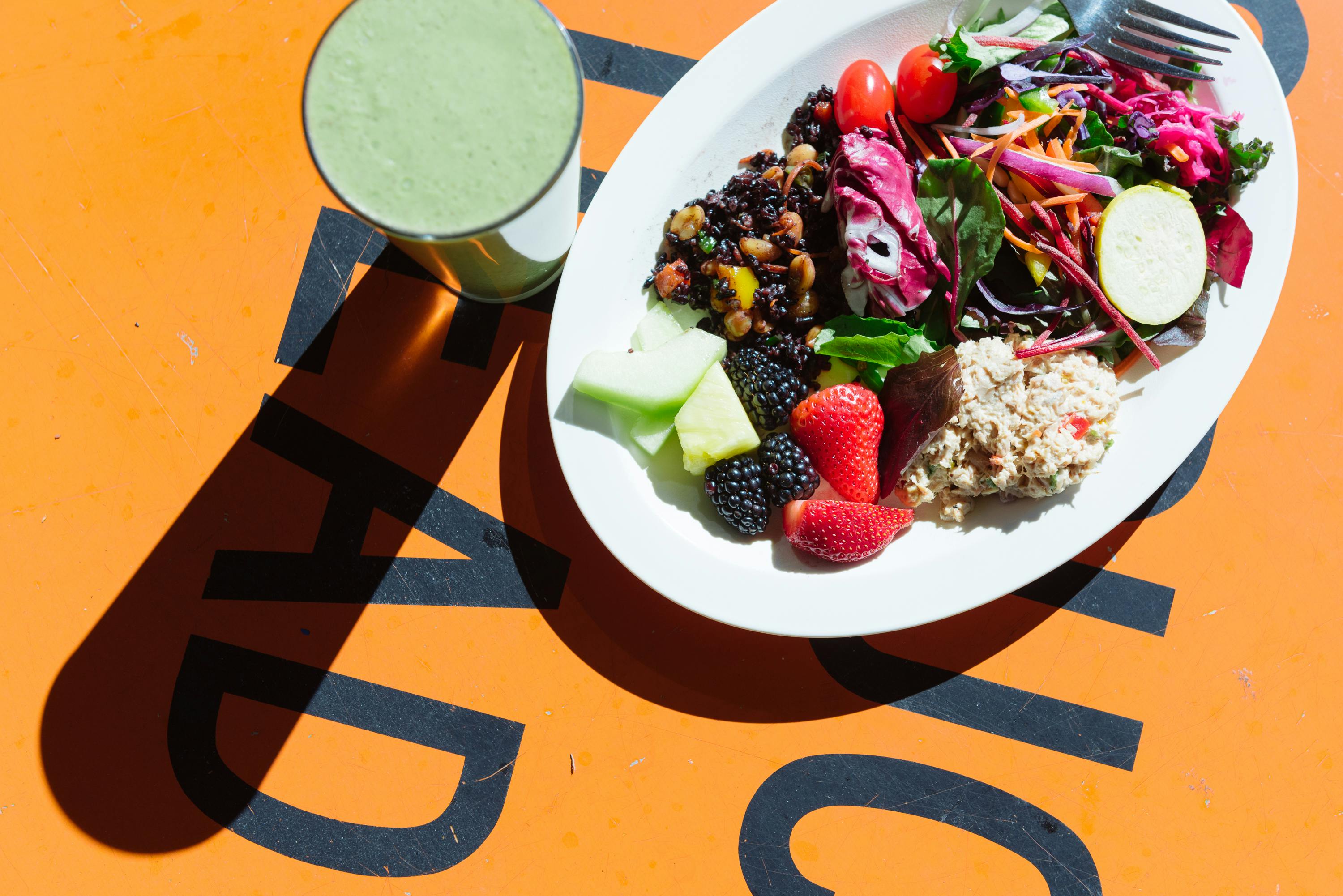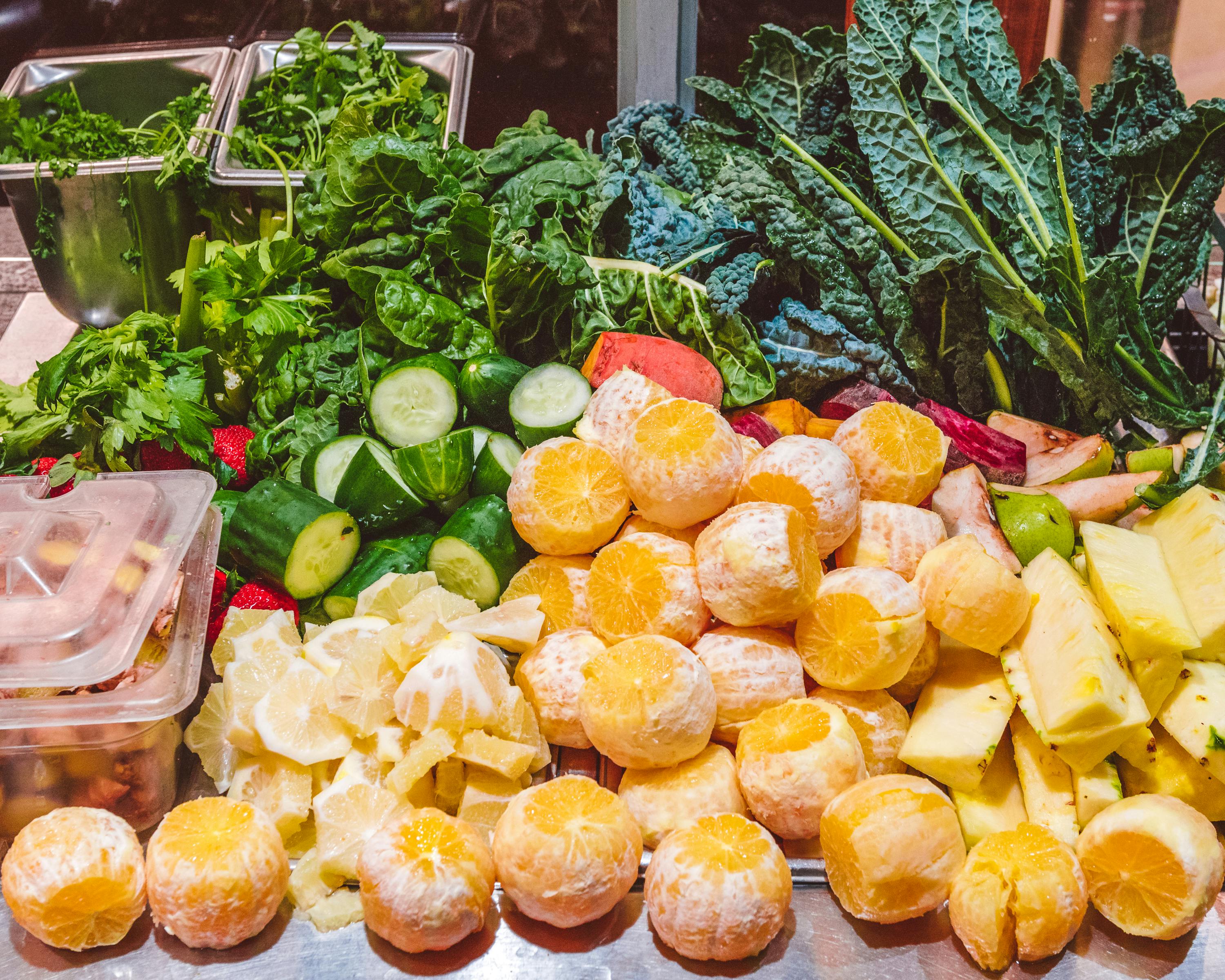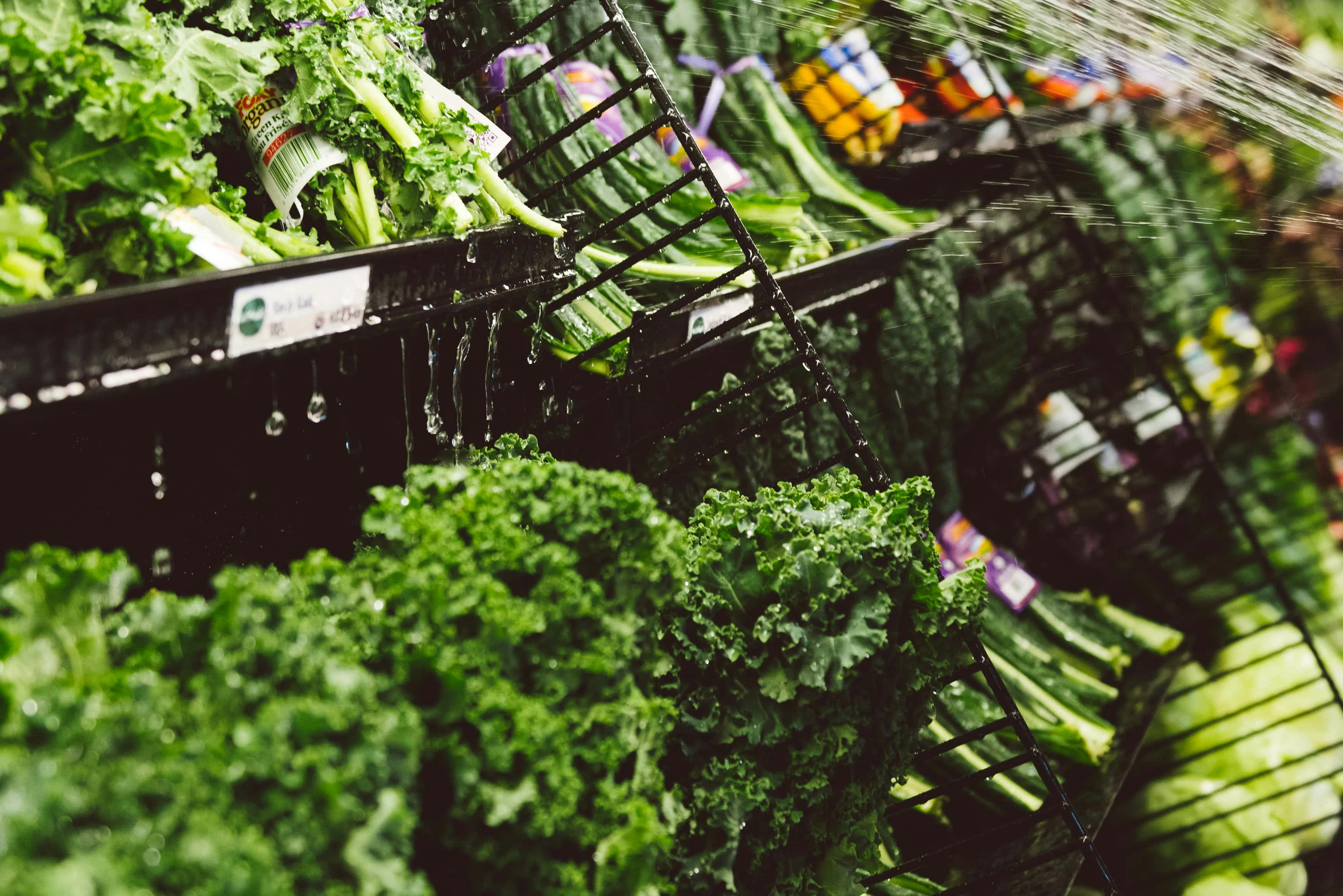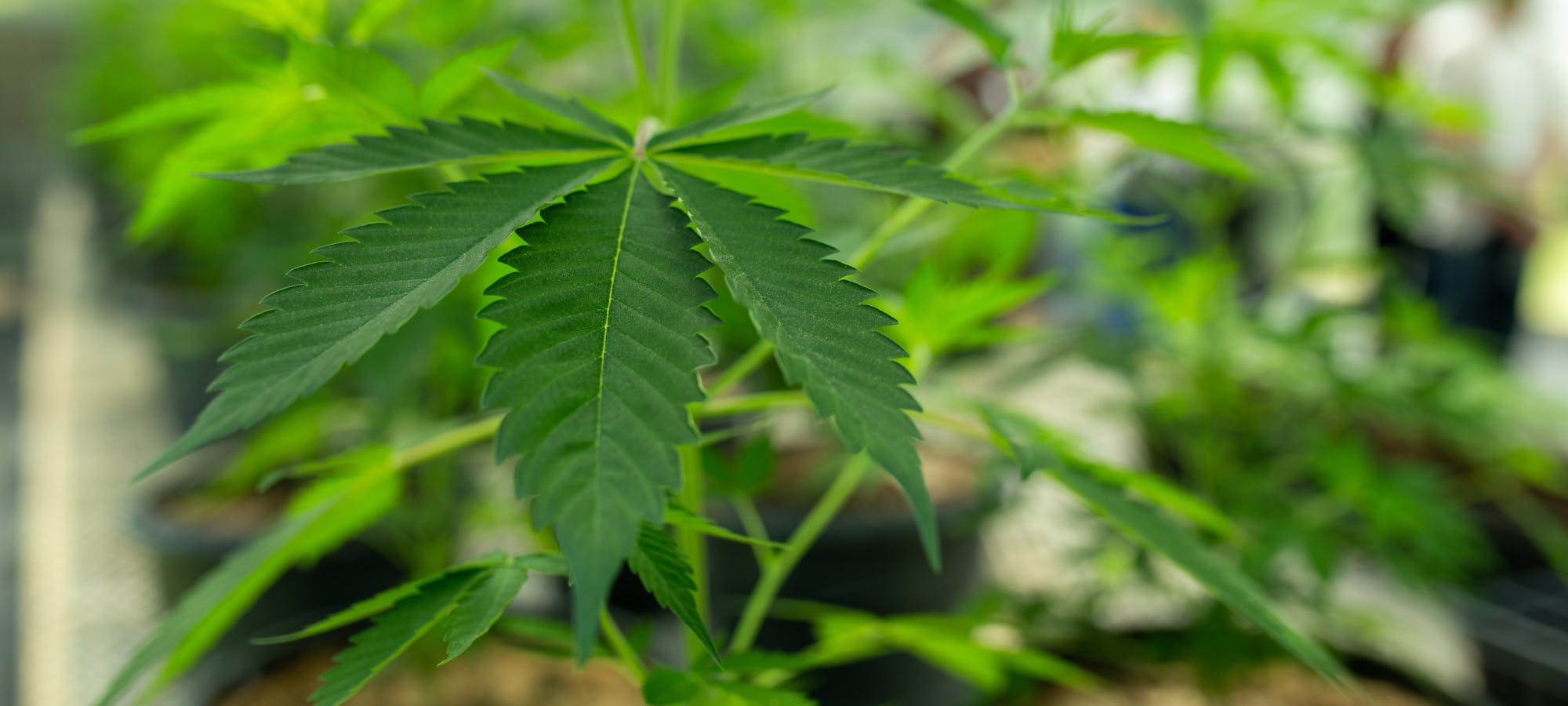This time of year, my favorite little herb that finally comes back around is Lemon Balm. Lemon Balm (Melissa officinalis) is a perennial, herbaceous herb that is a favorite for most any garden – from the lay person’s first kitchen garden to the more expert gardener. I’ve been growing lemon balm for several years, and it has been one my all time favorite herbs to use medicinally for almost 10 years now. It’s easy to grow, relatively hardy, fragrant and super easy to harvest!
Lemon Balm is often placed in the family of herbs known as “nervines”, as it has a subtle yet powerful effect on the central nervous system to calm and rejuvenate more anxious or overactive temperaments. It’s calming to almost every area of the body – from an overactive brain (in both adults and children), to calming a spastic digestive tract, and to help ease you into sleep and was even used traditionally to soothe colic in infants. It’s one of the more safe and effective herbs to use for all ages. Traditionally, one would harvest lemon balm throughout the spring and summer and the leaves are dried to make a tea infusion (although fresh leaves also make an absolutely delicious tea!). One of my favorite aspects of lemon balm is that is not only works to soothe overactive symptoms in the nervous system, but it also has a subtle affinity to calm your emotional state as well, especially those associated with the heart. Things like heartache, loss and grief were almost always addressed with some lemon balm with great success, although it’s always more difficult to quantify and “prove” that an herb has such an uplifting quality. Lemon balm proves it has this capacity time and time again. I often recommend that folks keep some dried lemon balm leaves preserved throughout the winter if the “winter blues” come around – having this on hand to drink daily helps to combat the gray cloud that follows some people around throughout the winter.
To grow – you can purchase starters of lemon balm and plant throughout your garden, however be warned that it can get a little wild and spread all over and reach about 2 feet in height. I usually prefer to put this one in a large pot to contain it a bit, however if the wild country garden is more your style – lemon balm is a perfect fit. The space needs to get mostly sun (although it can tolerate some shade) and keep the space well drained. It requires regular, even watering throughout the season, so keep an eye on it and keep the soil around it slightly moist.
Fresh Spring Lemon Balm Tea
- 1 handful of freshly picked lemon balm leaves
- 1-2 slices fresh lemon
- 2-3 small peppermint leaves
- 3-4 tbsp raw honey
- 5-6 cups filtered water, heated
Add all ingredients into a large pitcher and let sit for at least 15 minutes, stirring occasionally. You may choose to leave the herbs in there or strain. Let cool (or place in the refrigerator) and sip chilled on warmer days.











